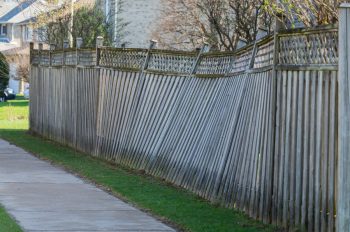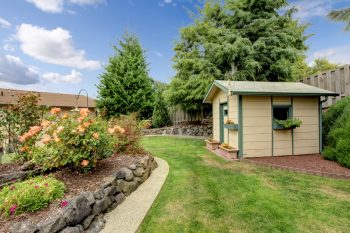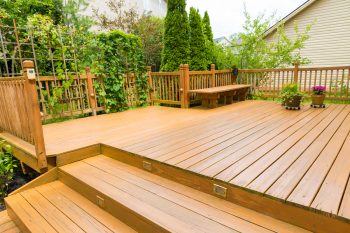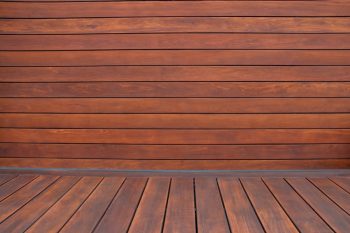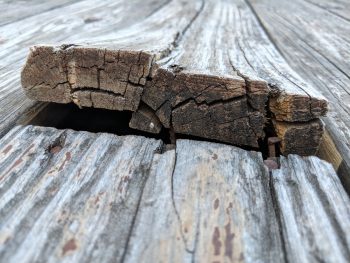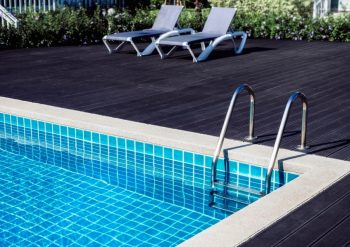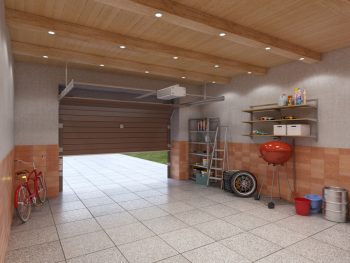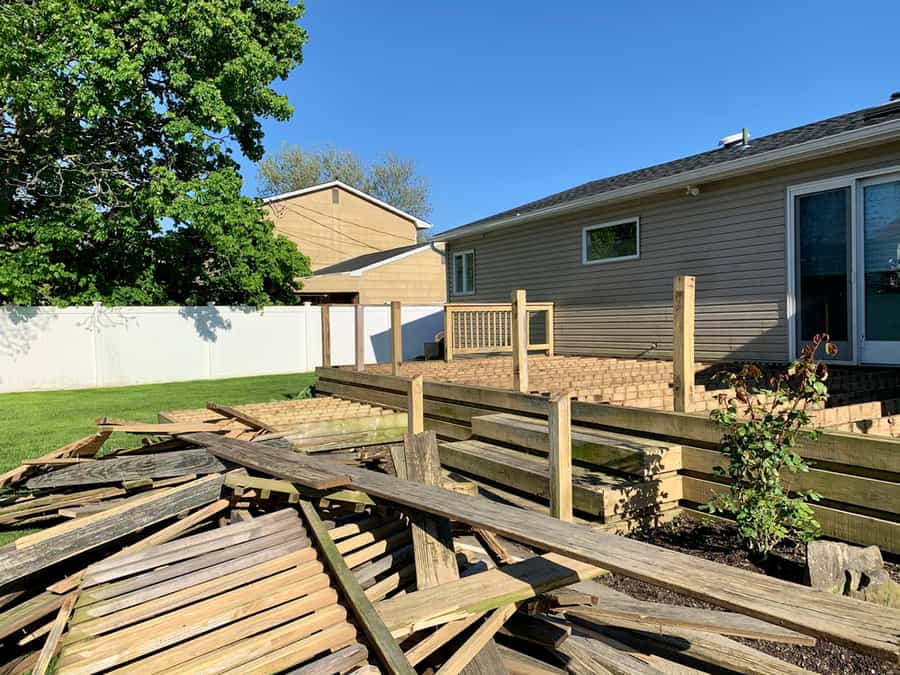
If you’ve just finished renovating a hardwood floor or pruning tree branches, you might have a lot of extra wood on your hands.
But should you put it next to your regular garbage pickup or in the trash can? What if your city does not accept the wood?
Fortunately, it’s simple to choose your finest course of action in this situation, and we’ll assist you in quickly getting rid of that extra wood.
Continue reading to learn everything you need to know about getting rid of building materials, furniture, timber bulk, yard garbage, and more!
Old deck wood is a waste that could have a better life expectancy. Unfortunately, as sunlight and weather damage the wood, it can warp and rot, and in some cases, it will be useless for further projects.
Sometimes, as with old deck boards, you can’t just throw them away because it’s not trash but wood instead. Although you could burn the wood and make your firewood, this is rarely allowed for safety reasons.
Hence, it’s best to dispose of your wood appropriately to avoid problems. When you’re done with your deck, contact a waste disposal company specializing in disposing of deck debris like old wooden boards.
Moreover, you can also transform that old deck into usable items with creativity and hard work.
To further resolve your queries, we’ve shared the following top 6 ways to dispose of old deck wood for landscaping or another home improvement project:
- Sell it.
- Distribute it.
- Recycle it.
- Pickup of local waste.
- Reuse wood as a fertilizer.
- Local landfill.
This article will guide you about the most popular wood species used for decks and the top 6 tips to safely eliminate the old ones without messing. So, stay tuned till the end!
Wood Species Used for Decks
The most straightforward technique to dispose of decking material depends significantly on the wood species you try to get rid of. That’s why we’ve listed below the most popular wood species used in decking:
1. Treated Timber
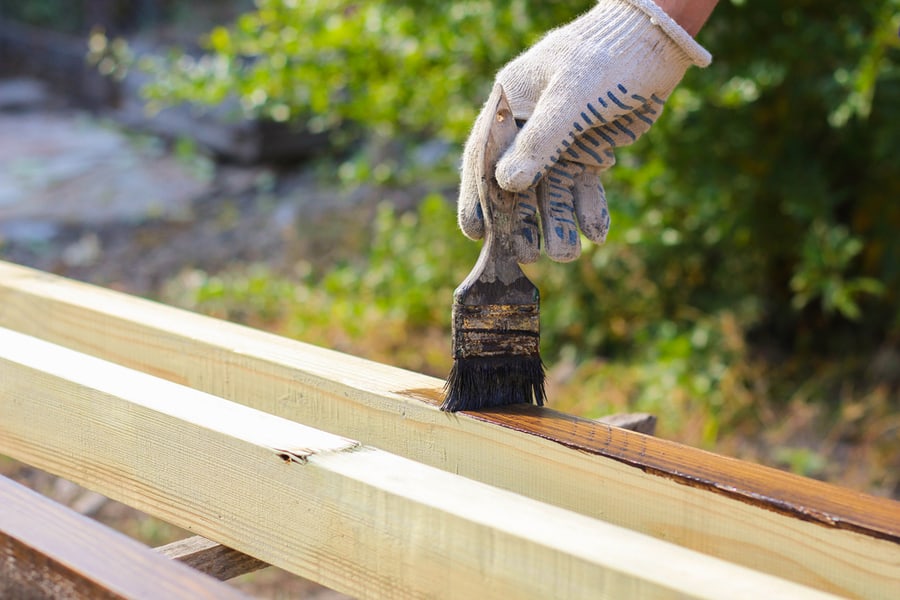
Treated timber comprises most decks and is the most popular decking material. This type of wood has undergone chemical treatment to make it resistant to rot and insect attack.
2. Cedar and Redwood

Due to their inherent bug and weather resistance, cedar and redwood are common decking materials. These organic materials are typically far more expensive than pressure-treated lumber.
3. High-End Decks
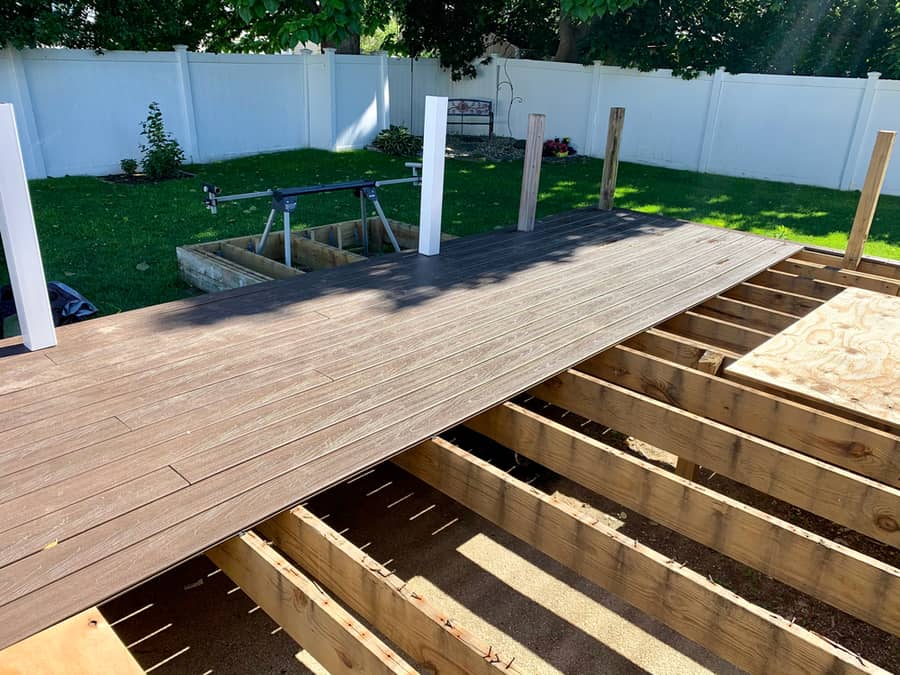
High-end decks frequently use composite and PVC decking. PVC decking comprises the synthetic resin known as polyvinyl chloride. In comparison, composite decking consists of recycling plastic and wood fibers.
Hence, your disposal alternatives may vary depending on the material because each product has unique characteristics.
Natural decks, such as cedar, can be disposed of more quickly than treated wood because they have no toxic chemicals in their treatment.
6 Ways To Dispose of Old Deck Wood

It can be a welcome time of change to replace an old deck with a new one. However, even if you had a lot of fun on your previous deck, eventually, the wood will start to rot and warp, and you’ll need to replace it.
Even though it is an entirely different process, you may complete it independently.
To carry out this process smoothly, figure out our top 6 methods to demolish your old deck wood!
1. Sell It
If you feel that the amount of money you invested in your old deck is too large to give away, you can also try to sell it.
Undoubtedly, another party would love to obtain the materials at a significant discount, given that decking material can also be quite pricey. If the pricing is reasonable, both the seller and the buyer can be in a win-win situation.
Due to the high cost of the decking material, someone might be ready to buy your old deck boards for a small portion of what it would cost to purchase new ones.
Also, think about attempting to sell your used wood online via a website that posts classified ads.
2. Distribute It
Ever heard the phrase “one man’s trash is another man’s treasure”? How many of us can honestly say we’ve never returned to a pile of valuable goods someone else had left at the curb for trash pickup?
If you second this thought, you can solve your dilemma of what to do with that old wood.
You only need to stack the boards on the curb and post a “Free Wood” sign, depending on the state of your unwanted wood.
Don’t worry if you don’t have a busy neighborhood. Instead, think about posting a classified ad offering free lumber. The number of people who can transform your rubbish into their treasure will automatically astound you.
3. Recycle It
It’s a fantastic choice to go for recycling If the boards are still usable. However, the cost of treated wood is high, and you may get some of the most expensive raw materials for construction in the form of PVC, composite, redwood, and cedar decking.
Therefore, you can imagine building a workstation or non-edible flower boxes out of this garbage. Your old boards might still have some life in them as they are usually rated to last 40 years and beyond.
Consider using this waste to create something new, such as a workbench, flower boxes for your wife (that aren’t edible if you use treated wood), benches, picture frames, or any other number of projects.
4. Pickup of Local Waste
Depending on where you reside, there are specific times when it is acceptable to pick up big things or construction supplies, either at no charge or for a predetermined fee.
Find out whether they will accept the old wood you want to get rid of by contacting the waste management agency in your region or by visiting their website.
If so, all you need to do is make sure it is clear of nails and other potentially dangerous objects, then stack it on the curb.
They will haul it away for you so you can finally get it out of your hair, provided it is within the bounds of your municipality.
5. Reuse Wood As Fertilizer
To get rid of your old wooden blocks, you can reuse them as fertilizer in your garden or lawn by mulching them. For this purpose, you need to hire a wood chipper to shred the branches and carefully feed them into the chipper.
Also, distribute the wood chips around the plants as they grow to keep the soil moist and weed-free.
Mulching may be cost-effective if you need to get rid of many huge branches. A wood chipper typically costs between $200 and $400 per rental, which you can get from your nearby hardware and power tool rental businesses.
6. Local Landfill
Many landfills accept used wood. Therefore, consider loading up your unwanted wood in a pickup truck and driving it to the dump if you have one or know someone who does.
When entering and leaving a landfill, the staff weighs the vehicle twice to determine the cost per pound. Most often, fees are minimal. However, this alternative may be the most challenging because you’ll need to load and unload the old wood, depending on how much waste you have.
Things To Consider
When disposing of old deck wood, safety always comes first. Unfortunately, this procedure has several risks, including splintered timber, nails, screws, and other sharp fasteners.
When handling these products, make sure you are fully protected. For example, the tetanus vaccine you received 20 years ago won’t be effective, so avoid testing it.
Additionally, you also have to consider the safety of other people. You don’t need to handle those old boards again, but someone holding them might unintentionally receive a nasty surprise if any nails sticking out.
Before taking action, check up on your local regulations, as each town has its own rules for disposing of materials like old wood. After disposing of those boards once, you don’t want to have to do it again.
Even yet, there are many things you can do with that old woodburning you’ve disassembled from your old deck.
Things To Avoid
1. Avoid Burning
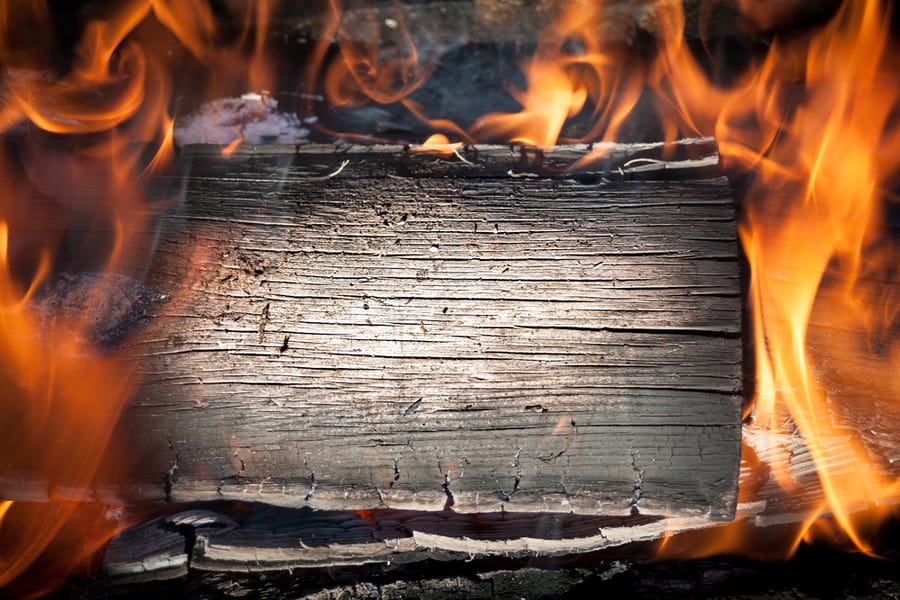
Many homeowners consider burning wood a rapid solution to eliminate undesired wood goods. Although burning yard trash and scrap lumber may be an option, we still won’t recommend you burn treated lumber.
Treated lumber contains harmful compounds, releasing chemicals into the air when burnt. Even worse, its residual ashes may have extreme burnings of arsenic.
Due to this reason, Put away the matches and lighter fluid and use one of the above-mentioned safer options instead.
2. Composting
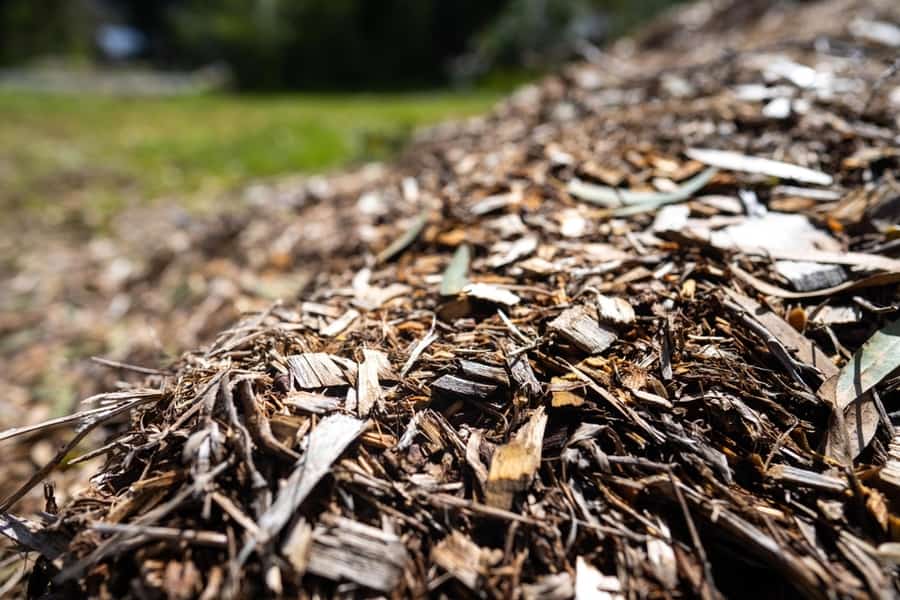
Although it is more ethical to compost waste than toss it into your neighborhood landfill, we suggest you don’t go for this solution.
For obvious reasons, using compost with dangerous chemicals to fertilize gardens and crops is an awful idea.
Those dangerous chemicals will eventually find their way into your plants and onto the dining room table of your family.
It is not even a good idea to put compost on ornamental plants because it encourages the leaching of toxic chemicals into the soil and, ultimately, the groundwater.
Therefore, you must save your lawn clippings, veggie leftovers, and tree leaves for composting. You can even get through non-treated wood sawdust if you want. Just don’t use the treated items.
3. Chopping Up
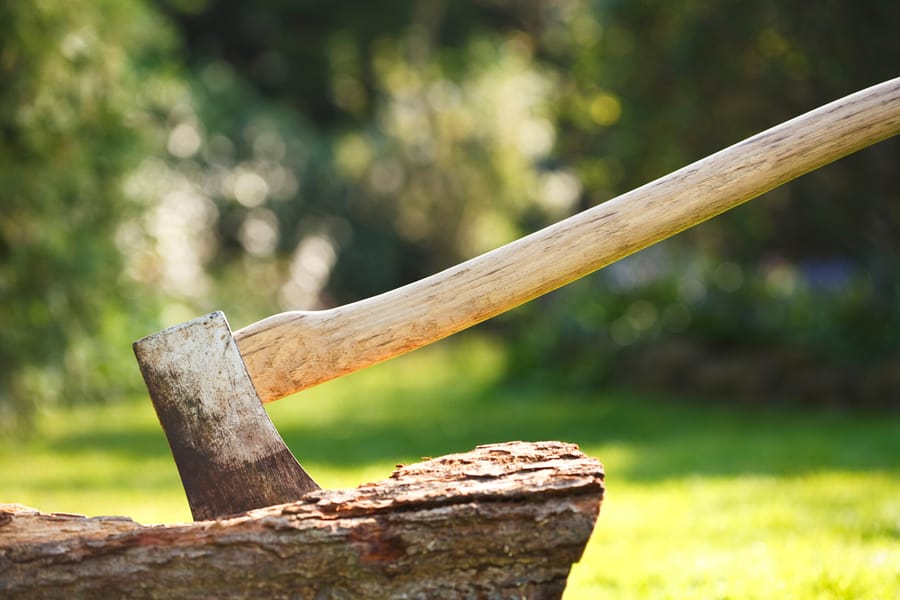
It may be a sensible step to chop wood to simplify disposal, but it’s also not recommended. The reason is whether treated lumber is burned, composted, or otherwise broken down, there is a chance that hazardous chemicals will leak into the environment.
Hence make sure to use the wood you’re cutting for projects like creating a bench or flower box.
Disposal of Alternate Wood Species
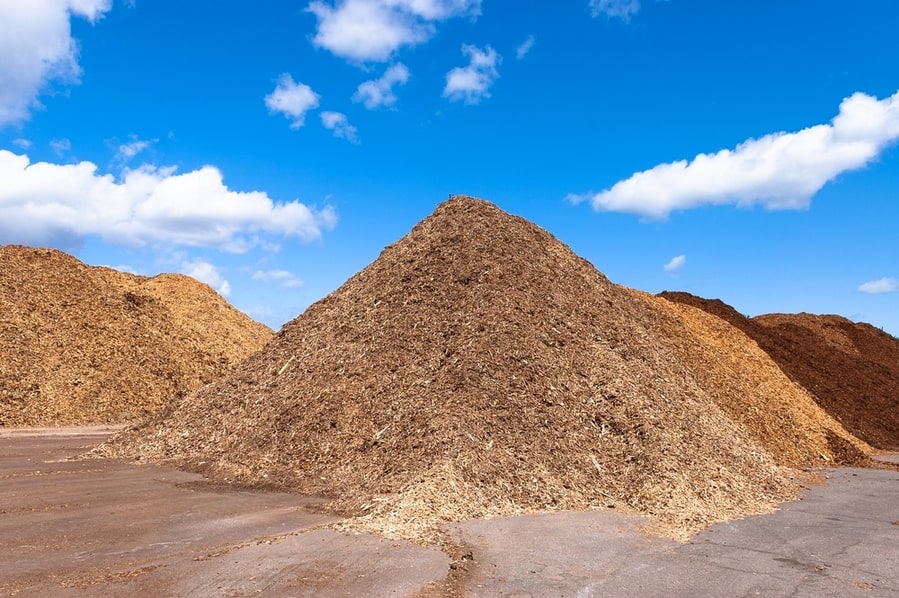
As we’ve already mentioned above, recycling treated lumber is impossible. Nevertheless, what about composite decking?
If you consider that it consists of recyclable materials and you can recycle them, then you are wrong.
It is impossible to recycle composite deck boards because of the adhesives used to hold the recycled plastic and wood fibers together.
Additionally, even though composite decking survives for a very long period, it is still vulnerable to harm if you don’t place it and maintain it correctly. Hence, if you need to get rid of composite deck boards, you should find out if your local landfill will take them first.
Because PVC decking is wholly made of plastic and doesn’t need to be painted, stained, or finished, it may be the only recyclable type.
It can be broken down at recycling facilities and transformed into a different product.
Conclusion
To cut short, it’s crucial to properly and safely dispose of old lumber, whether you’re rebuilding your deck from scratch or replacing a few worn-out boards.
Putting some treated boards in the trash or your backyard fire pit is harmless. However, you could endanger both the environment and yourself if you do that.
There’s also a chance that you’re unknowingly breaking the law. Hence, we hope that reading this article will help you to efficiently dispose of your used deck wood in a way that’s safe, responsible for the environment, and legal.
Frequently Asked Questions
How Much Will It Cost To Take My Deck Down?
To know the cost, you must check your deck size first. Most homeowners spend between $5 and $15 per square foot on deck removal.
However, the price may fall toward the higher end of that range if your deck contains heavier components, such as metal railings, or is multi-story.
Do I Need To Take a Permit When Demolishing My Deck?
It shouldn’t be necessary to obtain a permit to remove your deck, but it’s always a good idea to confirm with the building code office in your community. However, getting a permit is necessary to create a new deck.
For this purpose, you can contact your neighborhood office to examine your building plans and material list in light of the site’s unique features.
Can I Recycle Pressure-Treated Wood?
No, you can’t. It is because the wood contains toxic chemicals that intend to protect it against insect and weather damage.
Moreover, the dangerous substances in pressure-treated lumber also prevent it from recycling for other purposes.
